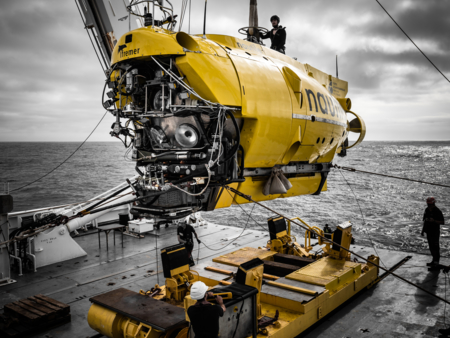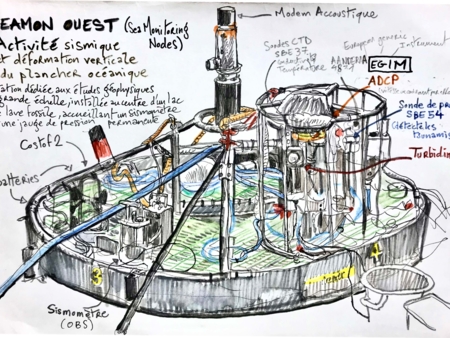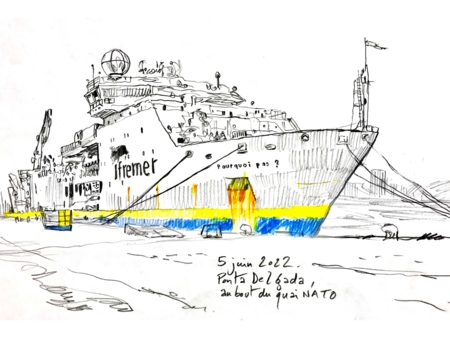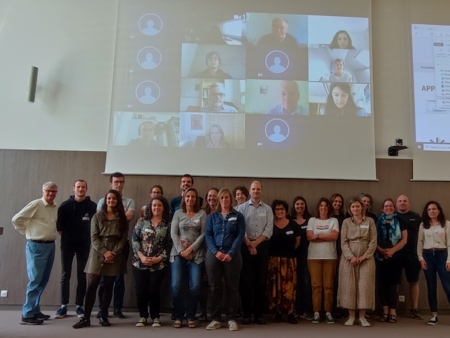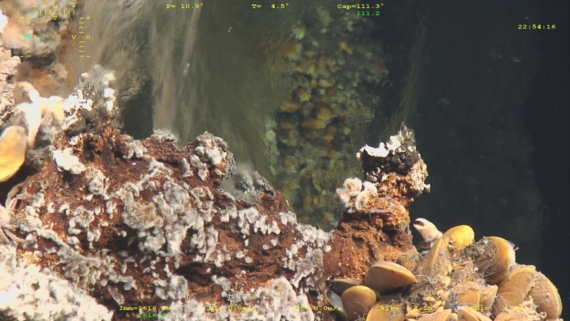Ecosystem studied
The DEEP REST project will focus on nodule fields of the Pacific Ocean as well as hydrothermal vent fields in the Atlantic and Arctic Oceans.
Both ecosystems share some ecological properties, but also differ in ecosystem structure and functioning. In both, microorganisms are significant drivers of interactions between the bio- and geosphere, playing a crucial role in structuring the development of novel ecosystems.
- Nodule areas are oligotrophic and characterized by low faunal biomass, low abundance and high species richness.
- Active hydrothermal vents are highly productive and harbor high biomass and faunal abundance, dominated by only a few species.
Little is known about ecological attributes of active vent peripheries, inactive and extinct vent sites, but there is increasing evidence of ecological connection between active vents and those habitats. Mining at inactive vents may thus impose risks for active vents, the latter being proposed as areas in need of protection. In addition, nodule fields cover wide areas on the seafloor (thousands of km²) whereas hydrothermal vents are fragmented and each field is spatially restricted to less than 1 km². These differences imply different conservation and/or restoration actions.

